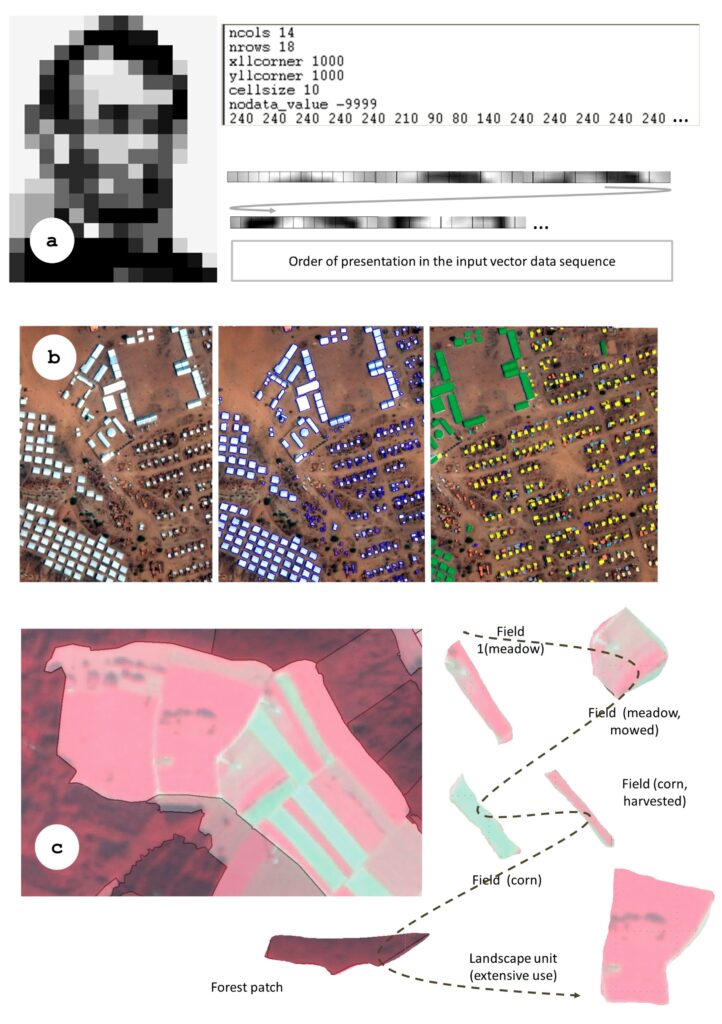In October, 2019 Dr Hay co-authored an important GEOBIA review paper in the ISPRS International Journal of Geo -Information (IJGI) titled “GEOBIA Achievements and Spatial Opportunities in the Era of Big Earth Observation Data”.
The objective of this paper is to review the role of spatial concepts in the understanding of image objects as the primary analytical units in semantic EO (Earth Observation) image analysis, and to identify opportunities where GEOBIA may support multi-source remote sensing analysis in the era of big EO data analytics. It also (re-) emphasizes the spatial paradigm as a key requisite for an image understanding system able to deal with and exploit the massive data streams we are currently facing.





